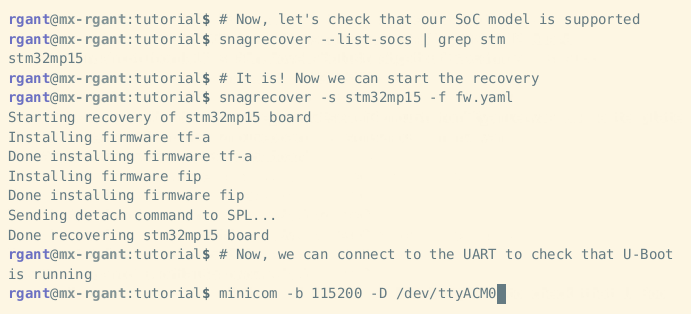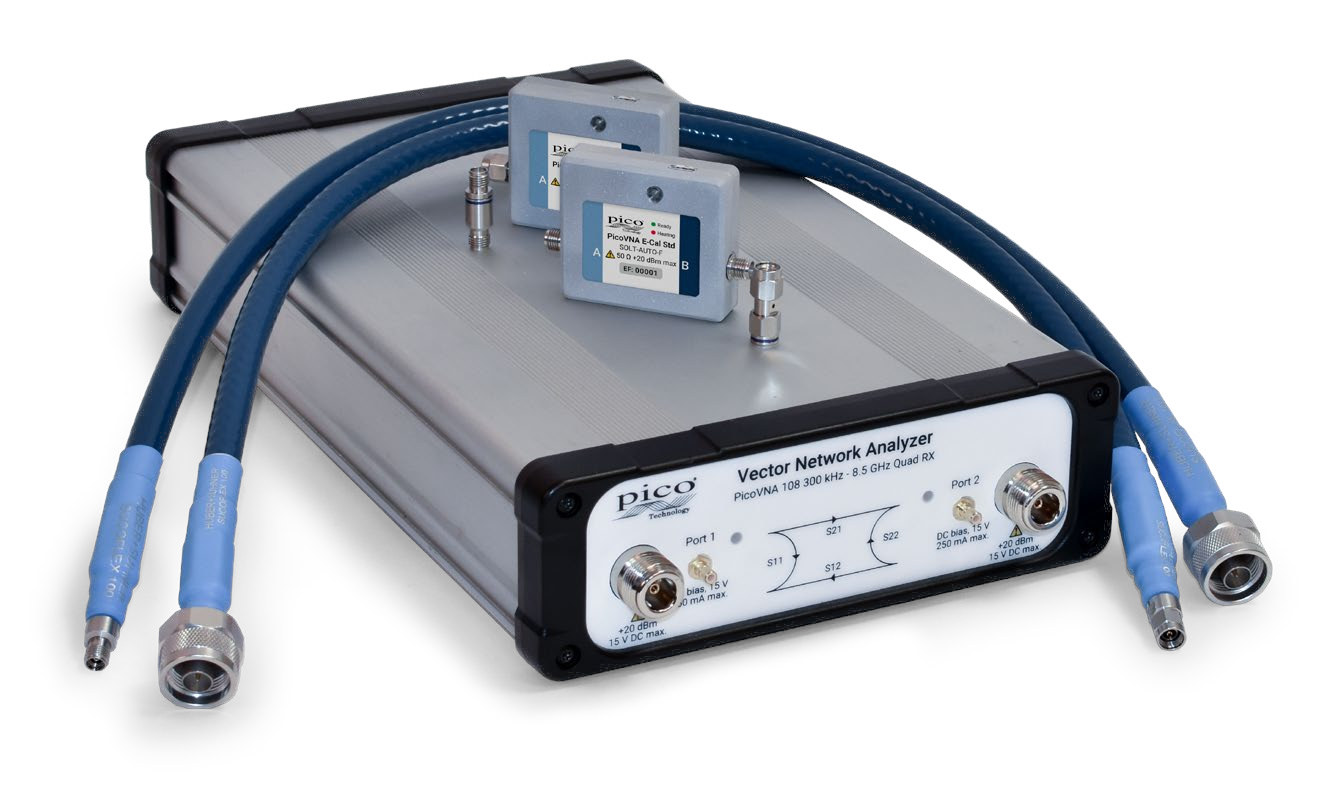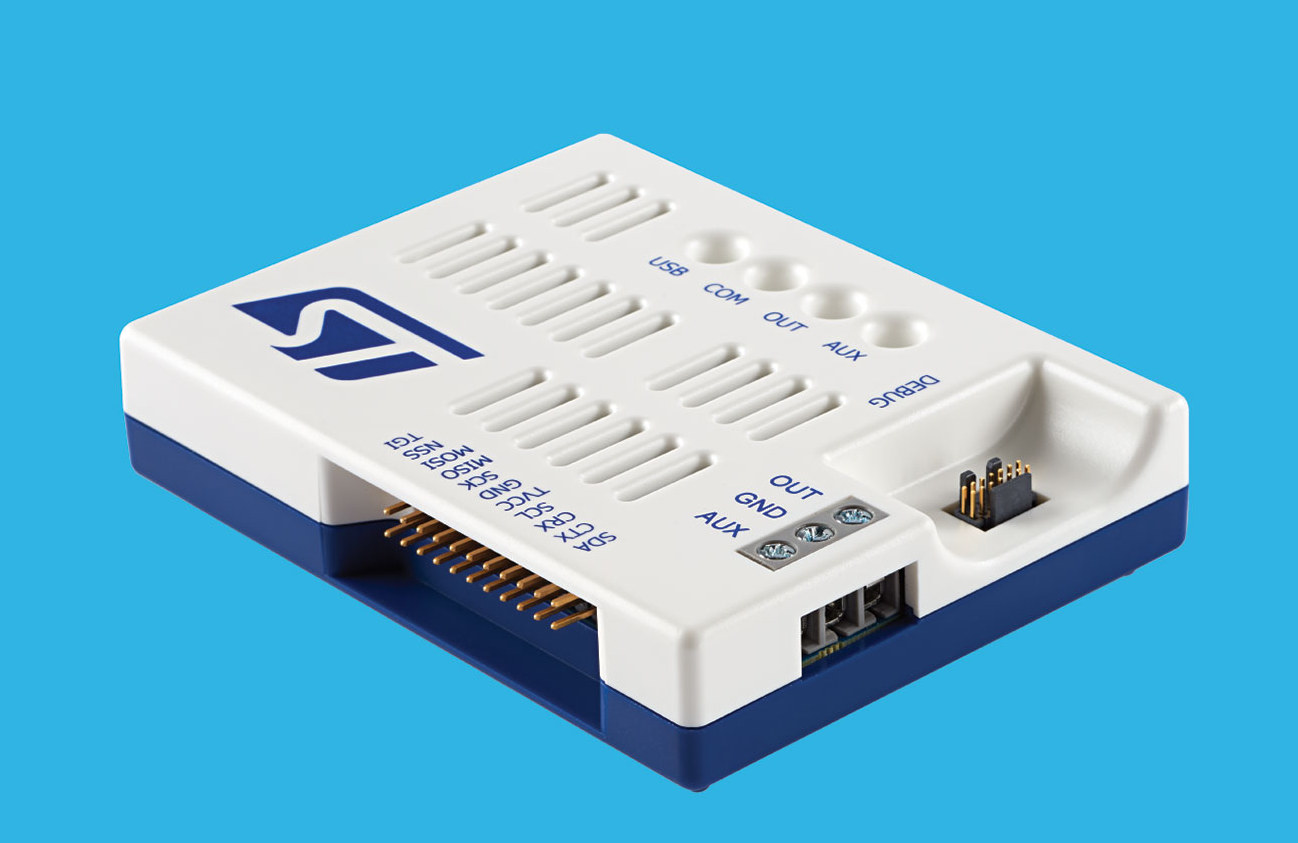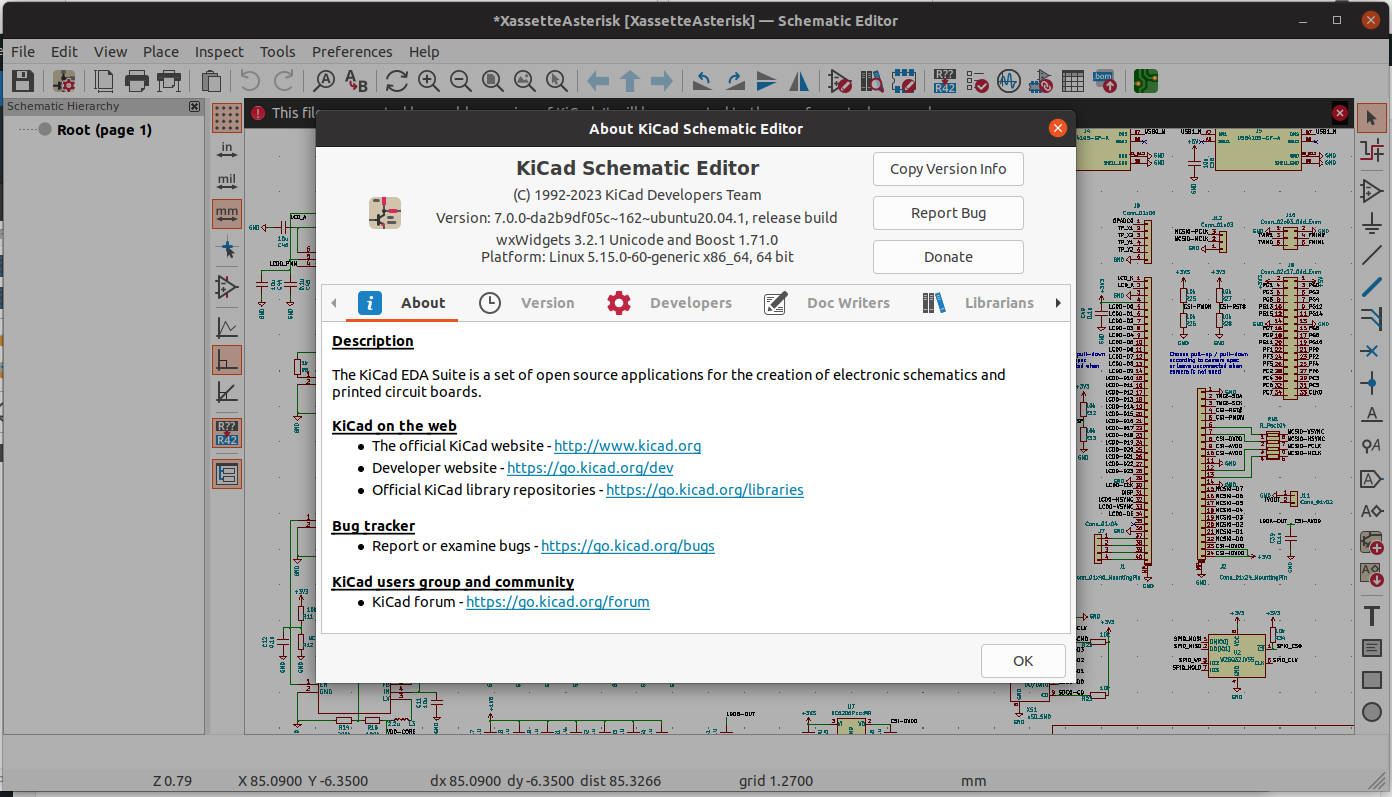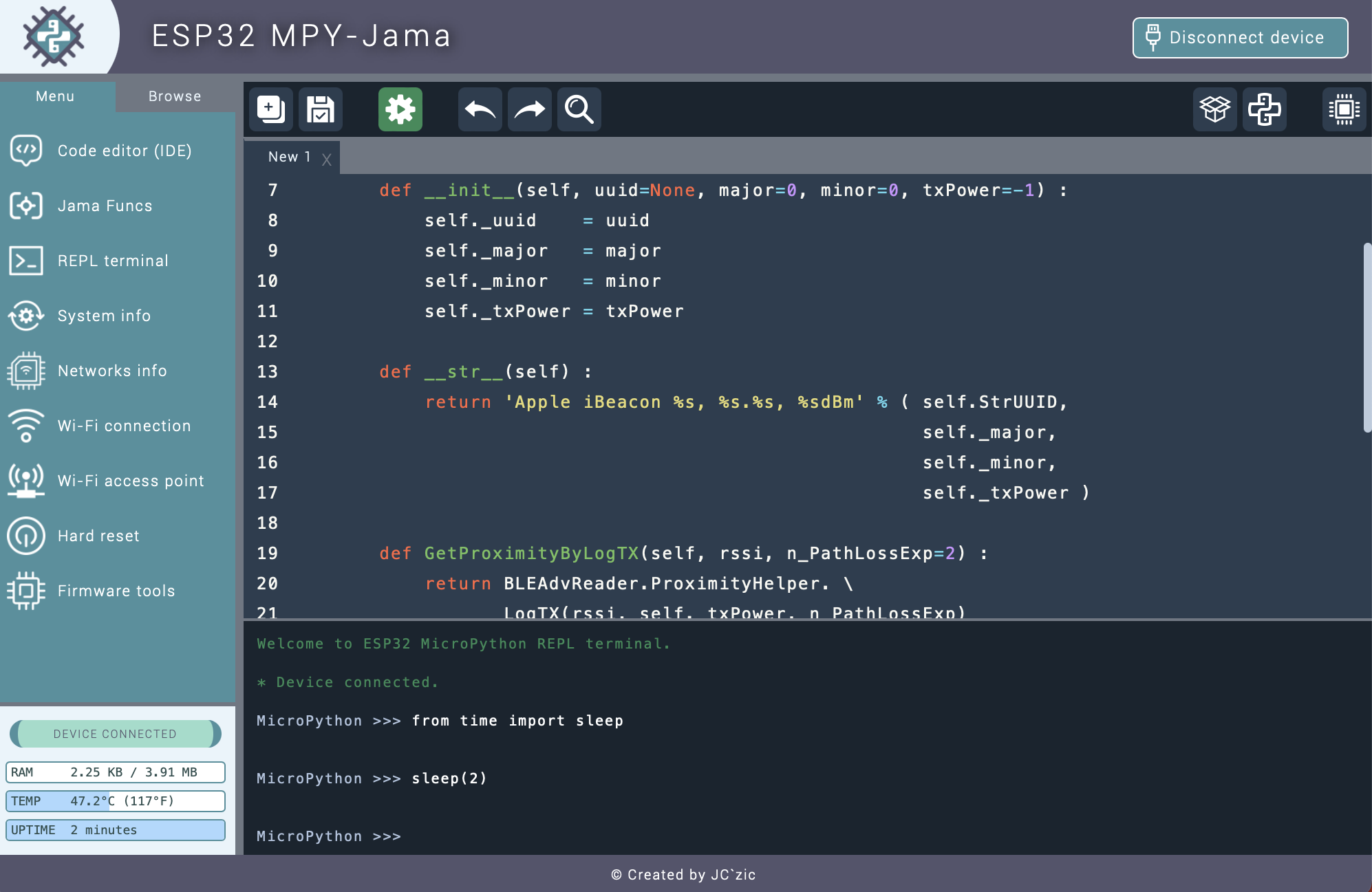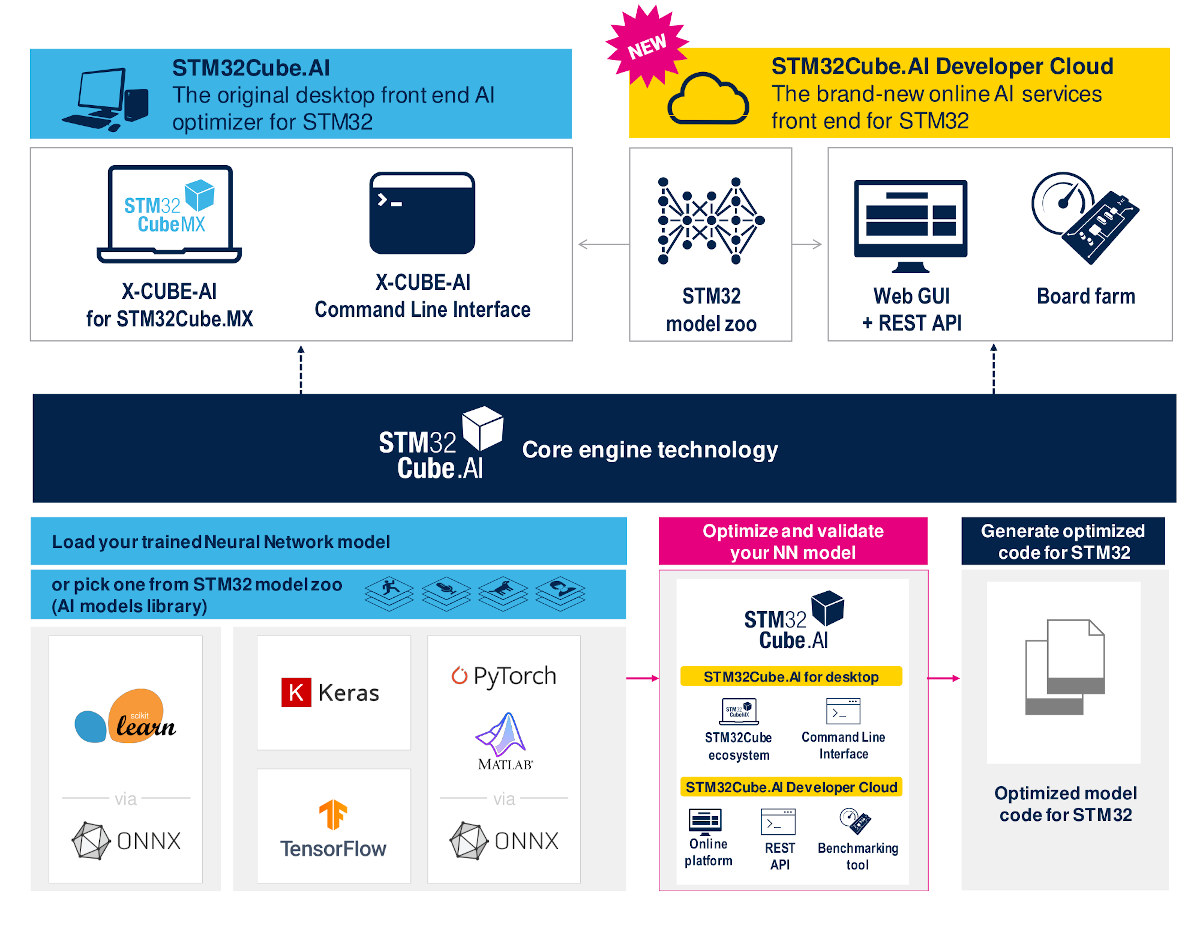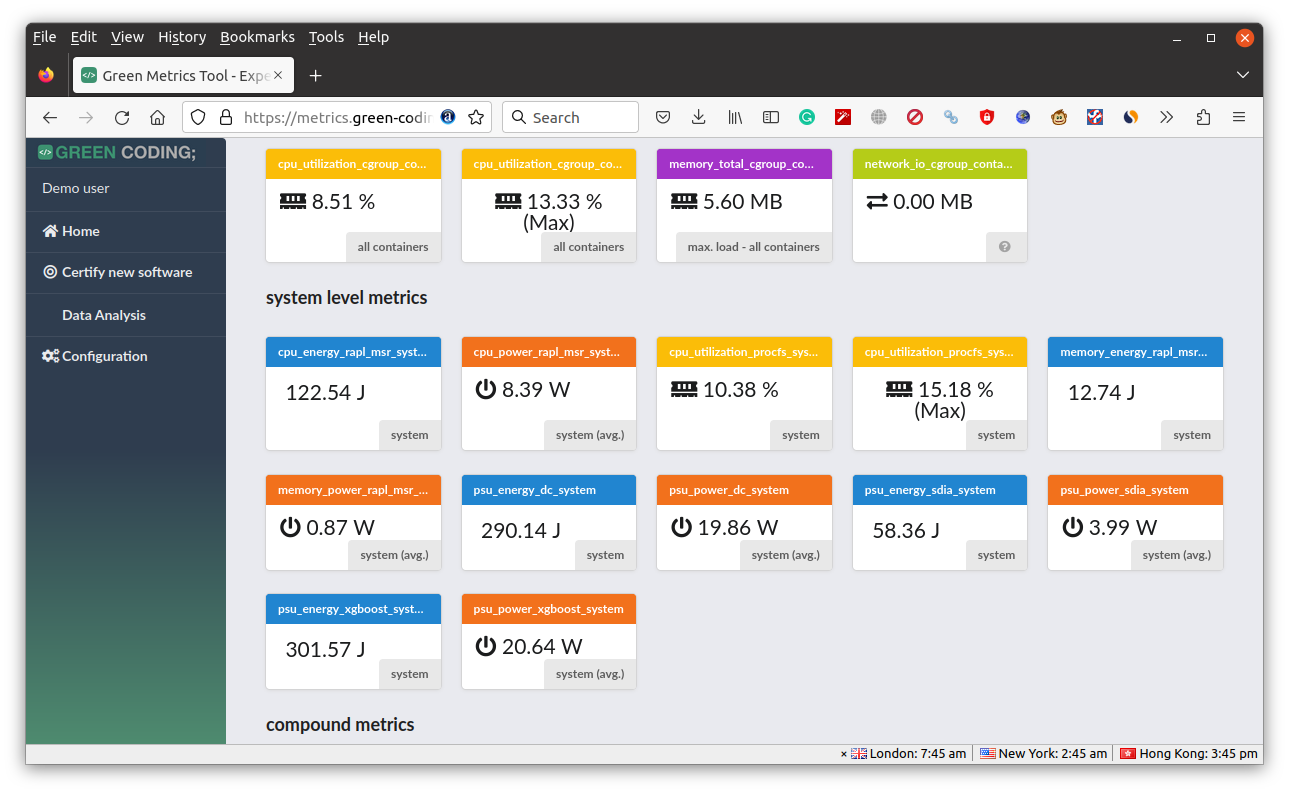Bootlin has just released the Snagboot open-source recovery tool for embedded platforms designed to work with multiple vendors, and currently STMicro STM32MP1, Microchip SAMA5, NXP i.MX6/7/8, Texas Instruments AM335x and AM62x, and Allwinner “sunxi” processors are supported. Silicon vendors usually provide firmware flashing tools, some closed-source binaries, that only work with their hardware. So if you work on STM32MP1 you’d use STM32CubeProgrammer, while SAM-BA is the tool for Microchip processors, NXP i.MX SoC relies on UUU, and if you’ve ever worked on Allwinner processors you’re probably family with sunxi-fel. Bootlin aims to replace all those with the Snagboot recovery tool. The Python tool is comprised of two parts: snagrecover using vendor-specific ROM code mechanisms to initialize external RAM and run the bootloader (typically U-Boot) without modifying any non-volatile memories. snagflash communicates with the bootloader over USB to flash system images to non-volatile memories, using either DFU, USB Mass Storage, or […]
PicoVNA 5 software for vector network analyzers supports Windows, Linux, MacOS, and Raspberry Pi
Pico Technology has released PicoVNA 5 control software for their vector network analyzers for Windows x86 64-bit, Mac, Linux x86 64-bit, and Raspberry Pi 3 and greater single board computers, superseding the Windows-only PicoVNA 3 software. As a Ubuntu user, I hate it when some hardware tool forces me to install software on Windows when there’s no Linux alternative, so any company that provides cross-platform tools is making the right move. I’m also not quite sure what a “vector network analyzer” (VNA) is, so I’ll first look into the PicoVNA 106 and PicoVNA 108 6/8.5 GHz VNAs from the company. PicoVNA 106/108 vector network analyzers highlights and specifications: Frequency ranges PicoVNA 106 – 300 kHz to 6 GHz PicoVNA 108 – 300 kHz to 8.5 GHz Up to 5500 dual-port S-parameters per second > 10 000 S11 + S21 per second Quad RX four-receiver architecture Up to 124 dB dynamic […]
STMicro STLINK-V3PWR debugging & programming probe supports power measurement
STMicro STLINK-V3PWR is a new in-circuit debugging and programming probe made for STM32 microcontrollers and that is said to provide accurate power measurement. The probe is especially useful for battery power IoT and wireless applications and is able to measure current values from nanoamps up to ~500mA with up to ±0.5% accuracy. The STLINK-V3PWR can also power the target over a single USB cable up to 2A. STMicro STLINK-V3PWR key features and specifications: 1‑Quadrant source measurement unit: Programmable voltage source from 1.6 to 3.6 V Output current rating 500 mA with over-current protection (OCP) at 550 mA Programmable sampling rate from 1 SPS to 100 kSPS Dynamic measurement 100 nA to 550 mA current 160 nW to 1.65 W power measurements 50 kHz bandwidth 1.6 MHz acquisition / 2% accuracy Compatible with EEMBC ULPMark tests Auxiliary output voltage source from 1.6 to 3.6 V under up to 2 A (no current measurement, OCP at 2.5 A) Debugging of […]
KiCad 7.0.0 release – Custom fonts, text boxes, SpaceMouse, crash reporting, and much more
KiCad 7.0.0 open-source EDA software has just been released with a range of new features from custom fonts to 3Dconnexion SpaceMouse integration to opt-in Sentry crash reporting, and many more. It took over three years between KiCad 5.0.0 and KiCad 6.0.0 announcements, but only a little over a year for the release of KiCad 7.0.0. Did KiCad developers acquire superhuman abilities or did AI get involved in the development somehow? Most probably not, and instead they change the release schedule to a yearly one, so we should get annual releases of the open-source EDA suite going forward, with KiCad 8.0.0 to be released in Q1 2024. Some notable changes to KiCad 7.0 include: Custom Fonts support is now available in the schematic, PCB, and worksheet editors to allow the use of any system font. Text box support was added in both the schematic and PCB editors. 3Dconnexion SpaceMouse support in […]
ESP32 MPY-Jama is a MicroPython IDE for ESP32 boards
ESP32 MPY-Jama is a cross-platform MicroPython IDE specifically designed for ESP32 boards with a file manager, a REPL terminal, real-time dashboards, and various ESP32-specific features. The IDE is an open-source Python program using pyWebView and pySerial plus some JavaScript for the user interface, and the developer of the program, Jean-Christophe Bos, provides binaries for Windows 64-bit and macOS 64-bit Arm or x86. It’s also possible to use it in Linux but needs to be built from source. Some of the key features of the ESP32 MPY-Jama IDE include: MicroPython code editor with syntax highlighting REPL interface Access to information dashboards with real-time data about WiFi and Bluetooth connections, system info with GPIO status, CPU frequency, memory and SPI flash details Easy 2-click methods to connect to WiFi and create an access point Graphical interface to install a new firmware through esptool Ability to create, import, and run “Jama Funcs” mini-applications […]
STM32Cube.AI Developer Cloud generates AI workloads for STM32 microcontrollers
STMicroelectronics has just announced the STM32Cube.AI Developer Cloud opening access to a suite of online AI development tools for the STM32 microcontrollers (MCUs) allowing developers to generate, optimize, and benchmark AI working on the company’s 32-bit Arm microcontrollers. The company sus the STM32Cube.AI Developer Cloud is based on the existing STM32Cube.AI ecosystem of desktop tools with the added benefit of being able to remotely benchmark models on STM32 hardware through the cloud in order to save on workload and cost. Some of the highlights of the online tools include: An online interface to generate optimized C-code for STM32 microcontrollers without requiring prior software installation. Access to the STM32 model zoo, a repository of trainable deep-learning models and demos. It currently features human motion sensing for activity recognition and tracking, computer vision for image classification or object detection, audio event detection for audio classification, and more. You’ll find those on GitHub […]
Green Metrics Tool helps developers measuring & optimizing software power consumption
The Green Metrics Tool (GMT) is an open-source framework that allows the measurement, comparison, and optimization of the energy consumption of software with the goal of empowering both software engineers and users to make educated decisions about libraries, code snippets, and software in order to save energy along with carbon emissions. While the firmware of battery-powered embedded devices and the OS running on your smartphone are typically optimized for low power consumption in order to extend the battery life, the same can not be said of most software running on SBCs, desktop computers, and servers. But there are still benefits of having power-optimized programs on this type of hardware including lower electricity bills, a lower carbon footprint, and potentially quieter devices since the cooling fan may not have to be turned on as often. The Green Metrics Tool aims to help in that regard. The developers explain how that works: […]
Intel kills PathFinder IDE for RISC-V processors
Intel has just discontinued PathFinder Eclipse-based development environment for RISC-V processors with the website now reading: We regret to inform you that Intel is discontinuing the Intel Pathfinder for RISC-V program effective immediately. Since Intel will not be providing any additional releases or bug fixes, we encourage you to promptly transition to third-party RISC-V software tools that best meet your development needs. PathFinder was a pre-silicon open-source development environment with support for vairous RISC-V cores, a set of other IP’s, multiple operating systems, and toolchains. It allowed designers to create RISC-V SoCs to and run them on FPGA platforms such as the Terasic developer kit or Startix-10 GX evaluation kit. PathFinder appears to just be one of the casualties after Intel reported a loss for Q4 2022, and announced it will lose even more in Q1 2023 with Tom’s Hardware also highlighting Intel would stop investing in new products for […]


